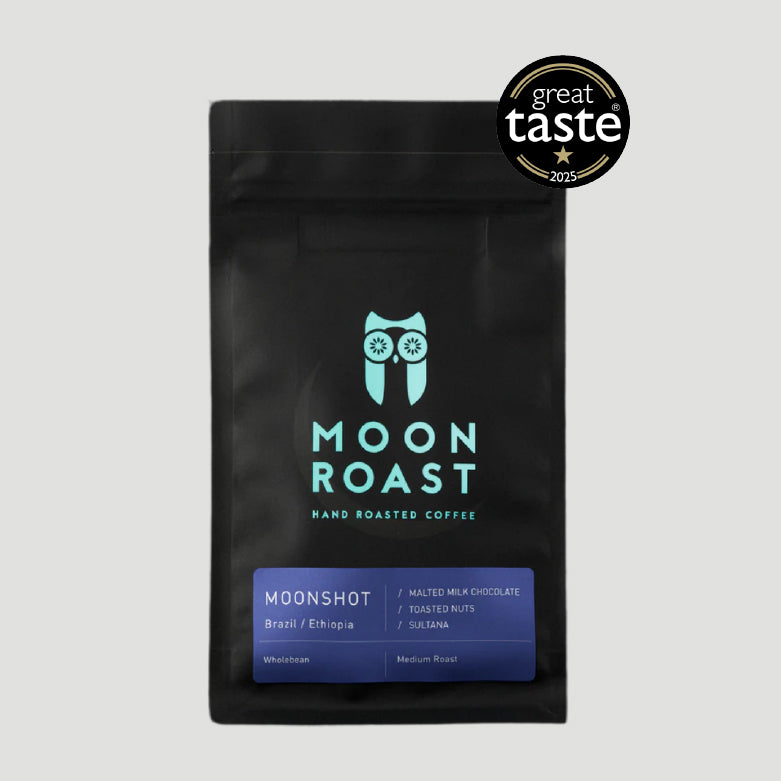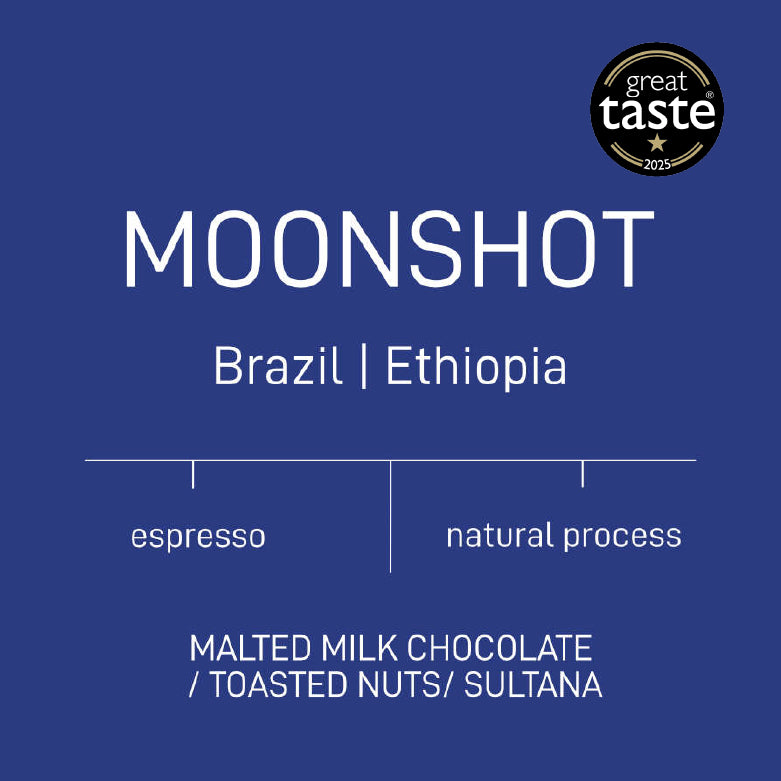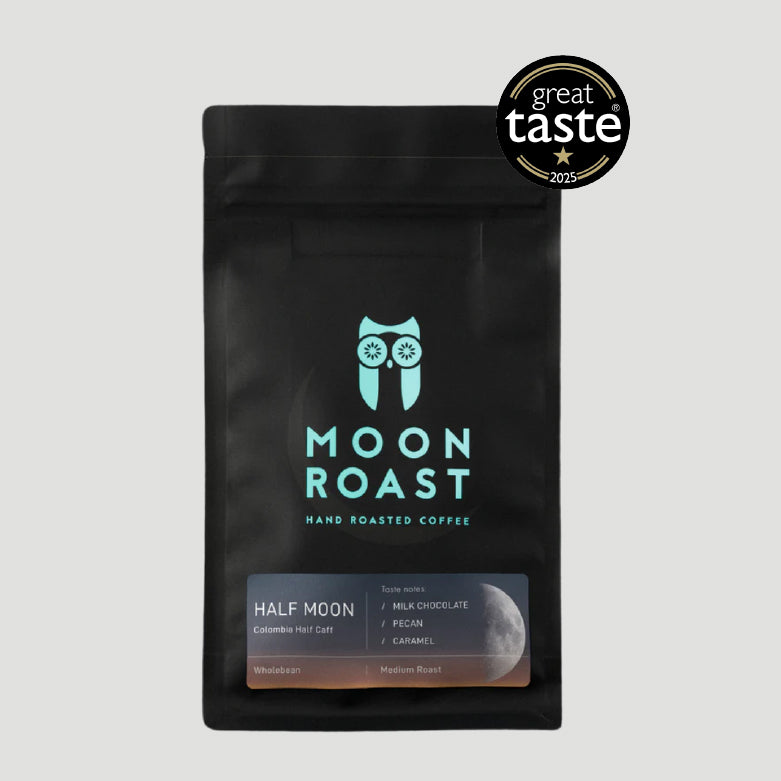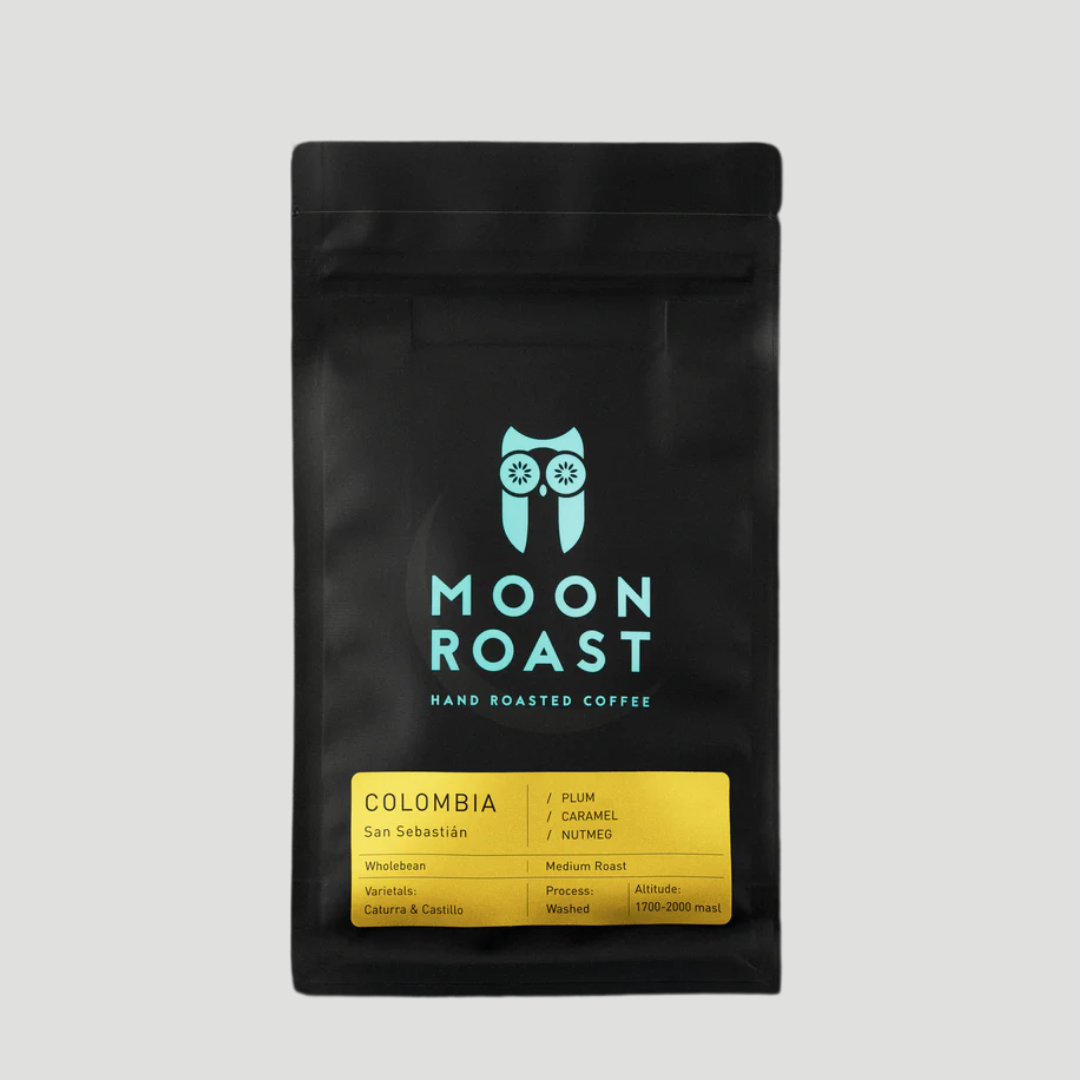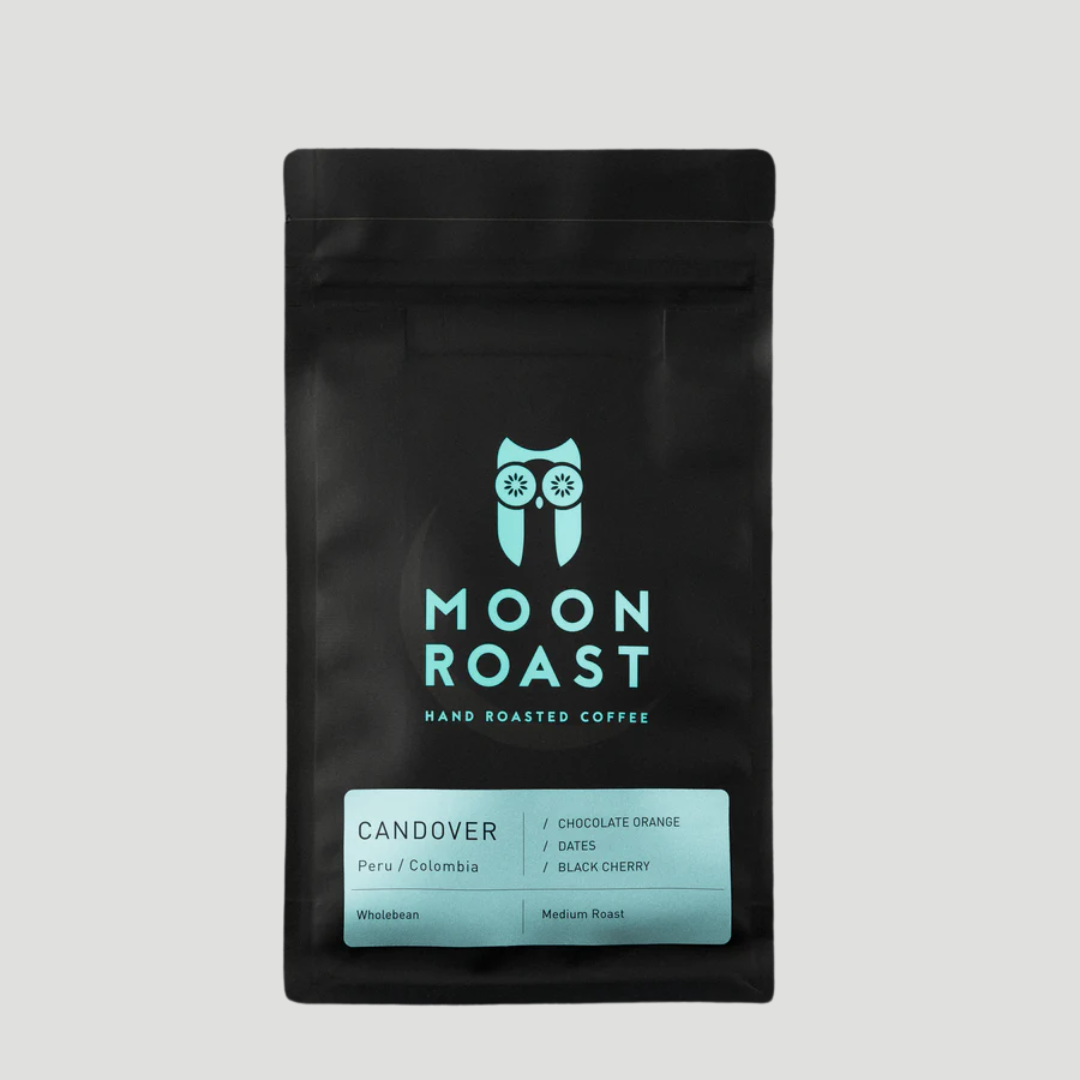The Best Brew For You (5) - Freshness
Coffee goes through multiple changes in the roasting process. Compounds are broken down, new compounds are formed, size and mass of the beans change, the colour changes... the list goes on. Nobody has a full understanding of everything that happens, because it is just too complex.
However, we do know (and can control) some things. We are aware of the formation of Carbon Dioxide during the roasting process. As soon as the roast is finished, this CO2 begins to seep out of the beans.
But what effect does this have on taste? The reason why you should never brew coffee when it is 'too fresh' is due to extraction difficulties. Whilst water is trying to enter the maze-like cell structure of coffee grounds, CO2 is also trying to escape.
This can prevent water from reaching pockets of coffee, leaving you with an unevenly extracted cup.
This is only amplified by coffee's hydrophobic nature (coffee has a tendency to repel water). It can take just a small bubble of CO2 to push water away from a dry patch of coffee, preventing you from unlocking more flavour.
When brewing a pour over brew (V60, Kalita, Chemex) we bloom the coffee for 30-45 seconds. This helps to remove the majority of CO2 before the main extraction begins.
Some of you may have a hi-tech espresso machine that allows for pre-infusion. This has the same effect.
What Is The Optimum Freshness?
Although it does depend on the coffee (lighter roasts need longer resting time), we can give a general guide to freshness.
For filter coffee (pour over, cafetiere, aeropress etc) we recommend waiting at least two days, with the optimum being between 5 and 10 days old.
For espresso, we recommend waiting at least 5 days, with the optimum being between 10 and 15 days old.



